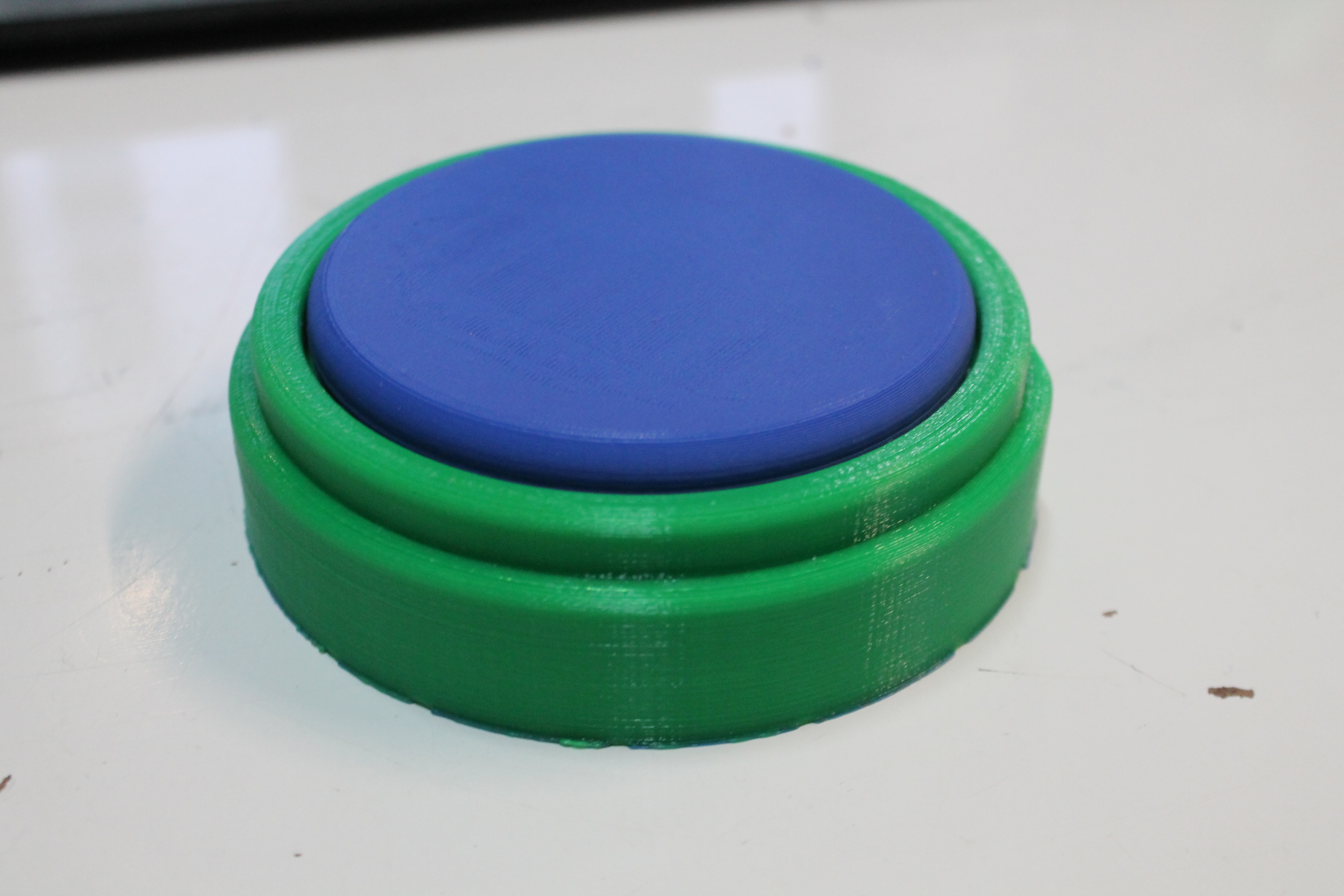So how do the conventional designs work? A coil for each pin? I could sort of see how that could get expensive, although if somebody bothered to mass produce them enough it shouldn’t be too bad.
I wonder if you could replace the gears with some kind of rubber to avoid the fabrication issues mentioned in the comments. I imagine soiling causing loss of traction would be the main issue.
Yes, I think the most common designs use an individual solenoid for each braille dot. And then the “small scale” of the available market for them keeps it from being mass manufactured to the point of real affordability. Or, at least that was very much the case in 2011 when the article was written.
I agree with you about the gears. Looking at it now I wonder as well if some tried-and-true belts and pulleys from the ubiquitous 3D printer designs could make that motion work.
Ooh, that’s true! It’s pretty much the exact same problem.
compactness/portability seems to be a huge advantage to me. something like the difference between walking around with a smartphone vs sitting at an unportable computer
That’s certainly the tradeoff. Price vs portability.
yes it only occurred to me after i commented that OP’s objectives were to minimize cost and manufacturing complexity. but I guess accuracy/durability would still have to factor in, since its not worth the time/effort for the cheap output to be breaking down all the time.
deleted by creator



